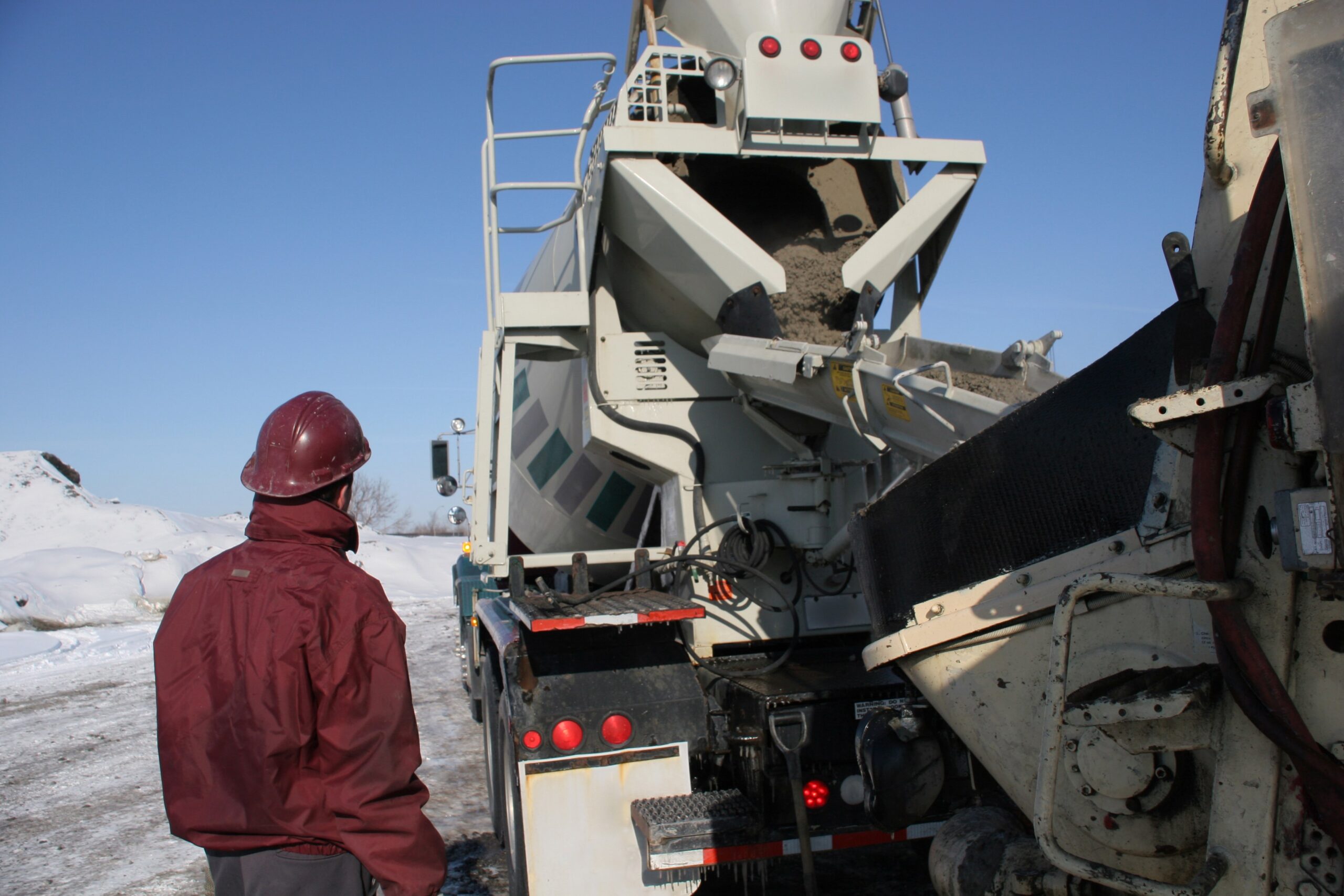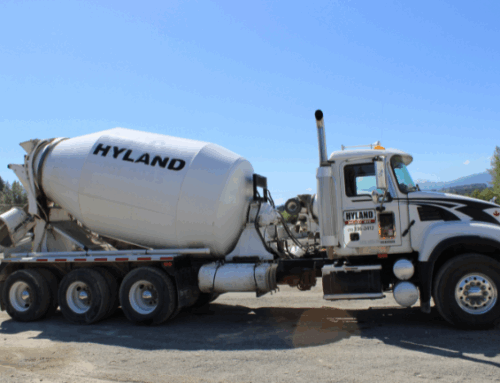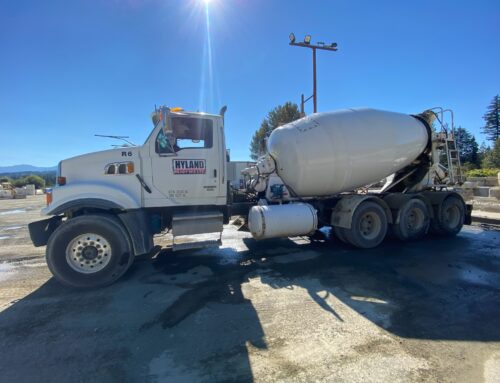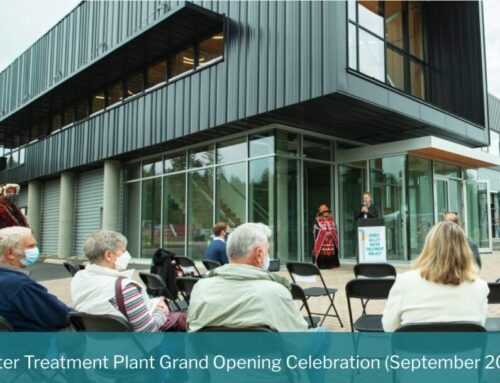The right way to pour concrete in cold weather

Build your winter concrete projects
Whether you are a commercial contractor building a winter project, or a homeowner improving your property outdoors, the colder Vancouver Island weather doesn’t have to hold you back from working with concrete. Winter construction projects do not have to come to a halt just because the temperatures plummet outside. Although concrete can be frozen in its early stages of setting, it is a risky business and it is better to take steps to prevent future problems. There is the right way to pour concrete in cold weather.
What is classified as “cold weather”?
Cold weather curing is defined as a period where average daily temperatures fall below 6º C for more than three consecutive days. During colder weather in the Courtney-Comox Valley, Hyland can provide the proper ready mix mix to meet the requirements of CSA and to maintain reasonable setting times and strength gain for winter concrete projects. Keep in mind that winter concrete facts for safe and long lasting pours:
-
- Concrete can freeze before it gains strength which breaks up the matrix
- Concrete sets more slowly when it is cold—very slow below 50°F; below 40°F the hydration reaction basically stops and the concrete doesn’t gain strength
Ideally, the pour should be kept warm until a 7 MPa strength is attained before allowing the concrete to cool and freeze. As the temperature does play a large role in the usability and strength of concrete. The complete standards guideline for concrete constructions is CSA A23.1-09 Section 21.
Hyland heats up the water used in the concrete mix mimicking the process in summer. What helps the concrete set in winter is water, which causes the heat of hydration that prohibits freezing. Fortunately, temperature issues can be overcome by adjusting the mix to match the prevailing conditions. We ensure that everything that comes into contact with our customer’s mix is heated so the concrete leaves our plant at 17º C, keeping in mind that the temperature will drop 25% of the difference between the temperatures of the air and concrete during a one-hour delivery time. From November 1 through March 15, Hyland Ready Mix heats all concrete to meet the requirements of CSA and to maintain reasonable setting times and strength gain.
“Hyland Ready Mix Inc. would be happy to review your next winter project to ensure ultimate success.”
Chris Huber, VP Operations
Process for pouring concrete in the winter
1. Give your forms a thorough inspection
Before starting a pour to ensure no snow or ice is present. When it melts after the concrete is set, holes or voids will remain. There should be no ice on the rebar. Never pour on a frozen sub-grade. Not only is there the possibility of settlement when the frost thaws, but concrete poured directly against frozen ground will likely freeze before reaching the minimum 3.5 MPa required to prevent frost failure. This is a minimum; generally concrete kept above the freezing point will attain 3.5 MPa within 24 hours.
2. Using chemical accelerators
While frozen, concrete will continue to slowly gain strength and once thawed reach its design strength. Using chemical accelerators in winter will speed up the initial set, reducing both the time and expense needed to keep the concrete heated. The thicker a slab or wall, the more internal heat it will generate. Consider ordering a richer mix that has more cement powder. It will generate more heat and set quicker. Insulating blankets placed over the slab can play a double role in both keeping the surface from freezing and helping in the curing of the slab.
3. Use insulation
Placing insulation over frozen ground for a few days can cause it to thaw. Where the frost is deeper, the ground may have to be heated. Again, insulated thermal blankets can be used to cover concrete work and keep in the heat produced by setting concrete. Be sure to check corners and edges, as these places are more susceptible to cold air creeping in and freezing the concrete work.
4. Cover area with hoarding
Covering the area with plastic and heating the interior, commonly called hoarding, will allow the concrete to set in warmer conditions. Avoid venting space heaters inside a heated enclosure, as the carbon dioxide produced will react with the setting concrete resulting in a powdery surface.
5. Consider using ICF’s, or Insulated Concrete Forms for walls
These will prevent freezing and reduce or even eliminate the need for a heated enclosure. Covering the top of these forms is essential to retain all the heat of hydration. These forms take advantage of all the heat produced and cool gradually preventing thermal shock.
Why risk a solid investment? Follow the recommendations listed above to worry free winter concrete work. Concrete can be placed safely throughout the colder months if precautions are taken. Ask one of the staff at Hyland Precast or Ready Mix for an overview. We are here to help you get the correct mix all year long.
Resources for pouring concrete in cold weather
MPA Explained
Know your concrete
Concrete BC: Resources
Winter Concrete Facts



